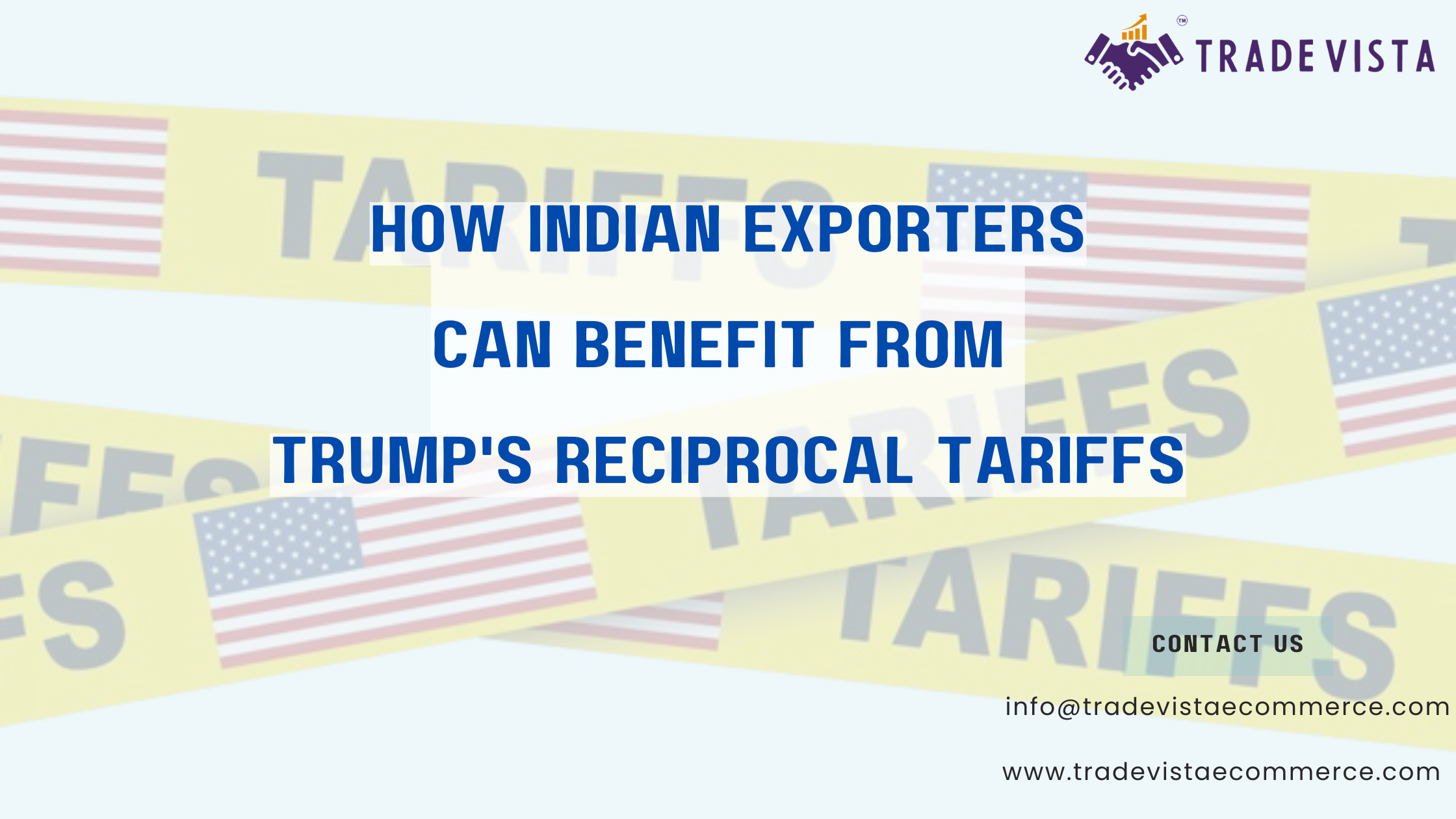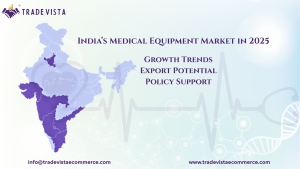The global trade landscape is changing significantly due to former U.S. President Donald Trump’s “reciprocal tariffs” policy. This strategy aims to equalize tariffs by imposing duties on imports equivalent to those levied on U.S. exports by other countries. While this approach presents challenges, it also opens unique opportunities for Indian exporters. With strategic planning and adaptability, Indian businesses can transform potential obstacles into avenues for growth.
Understanding Trump’s “Reciprocal Tariffs”
Trump’s reciprocal tariffs involve imposing equivalent tariff rates on imports from countries with high duties on U.S. exports. For instance, if India imposes a 50% duty on an American product, the U.S. would respond with a similar 50% tariff on imports from India. The objective is to encourage trade partners to lower their tariffs and promote fair trade practices.
Key Points:
- Tariff Rates: The U.S. has implemented a baseline 10% tariff on all imports, with additional country-specific rates. India faces a 26% tariff, while countries like China and Vietnam are subjected to higher rates of 34% and 46%, respectively.
- Sector Impact: Not all industries are affected uniformly. Pharmaceutical sectors are exempt from new tariffs, whereas electronics and gems face significant increases.
Shifts in Global Trade: A Silver Lining for India
The imposition of high tariffs on certain countries has led to trade diversion, where importers seek alternative sources to avoid elevated costs. This scenario presents opportunities for Indian exporters to fill the void left by heavily tariffed nations.
Advantages for India:
- Competitive Edge: With lower tariff rates than key competitors, Indian products become more price-competitive in the U.S. market.
- Government Initiatives: Programs like the Production Linked Incentive (PLI) scheme have enhanced India’s manufacturing capabilities, making it a viable alternative for global buyers.
Key Opportunities for Indian Exporters
Indian exporters can capitalize on the current trade dynamics in several sectors:
Textiles and Apparel
The U.S. has traditionally imported textiles and apparel from countries like China and Bangladesh. With higher tariffs on these nations, Indian manufacturers can step in to meet demand.
Potential Gains:
- Product Range: Cotton textiles, ready-made garments, and home furnishings.
- Competitive Pricing: Lower tariffs enhance price competitiveness.
Agriculture and Food Products
Indian agricultural products such as rice, spices, tea, and seafood can gain market share in the U.S.
Advantages:
- Lower Tariffs: Agricultural goods face comparatively lower duties.
- Diverse Offerings: India’s varied agricultural portfolio can cater to diverse consumer preferences.
Pharmaceuticals and Healthcare Products
Indian generic drugs and medical supplies are crucial in the U.S. healthcare system.
Key Points:
- Tariff Exemptions: Many pharmaceutical products are exempt from new tariffs.
- Market Stability: Continued exports ensure stable pricing and supply.
Manufacturing and Engineering Goods
Products like machine parts, automotive components, and steel products present opportunities for Indian exporters.
Opportunities:
- Alternative Sourcing: U.S. importers may seek Indian suppliers to replace those in higher-tariffed countries.
- Enhanced Reputation: India’s growing status as a manufacturing hub bolsters its appeal.
Tips for Exporters to Capitalize on the Opportunity
To effectively leverage these opportunities, Indian exporters should consider the following strategies:
- Stay Informed and Agile: Monitor trade policy updates and tariff changes to adapt swiftly.
- Emphasize Quality and Compliance: Ensure products meet international standards and U.S. regulations to build trust and reliability.
- Leverage Government Support Schemes: Utilize initiatives like the PLI scheme to enhance production capabilities and cost competitiveness.
- Diversify and Market Aggressively: Identify new clients in the U.S. and promote the value proposition of sourcing from India through trade shows and partnerships.
While Trump’s reciprocal tariffs have complicated global trade, they also offer Indian exporters a chance to expand their presence in the U.S. market. By strategically navigating these changes, focusing on quality, and leveraging government initiatives, Indian businesses can transform challenges into growth opportunities.




